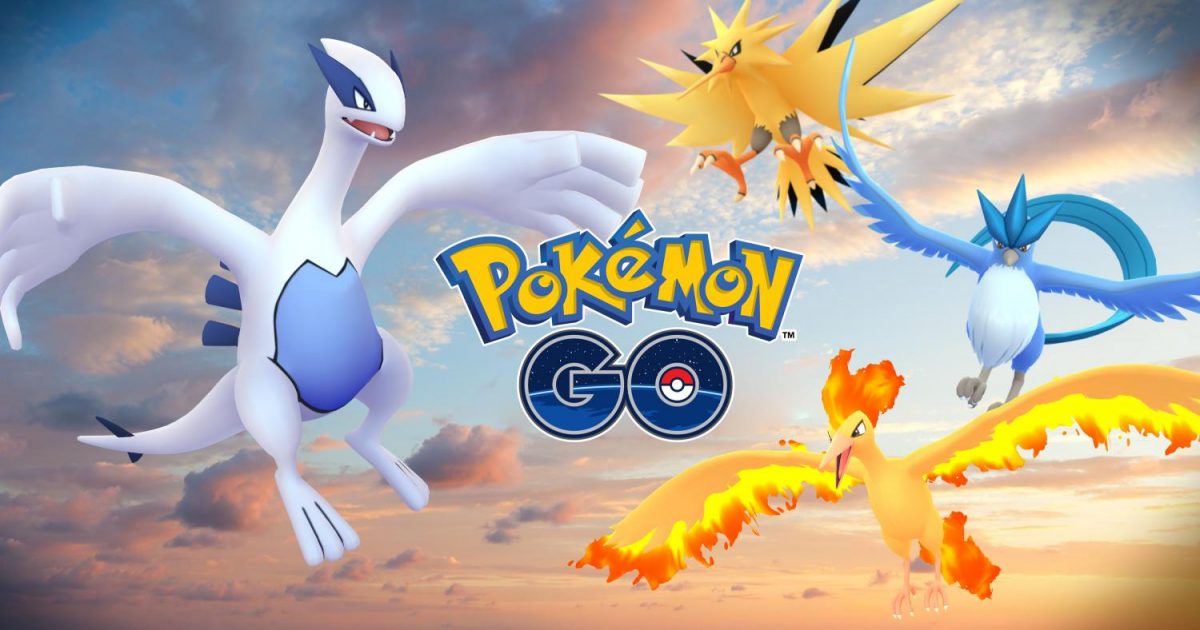Pokémon Go: Gotta raid ’em all
At the beginning of summer 2017, Niantic introduced a new update to the phone-based video game Pokémon Go in the form of raids.
Pokémon Go has introduced a new level of game play for life-long fans of the pop culture show and games. The recent introduction of the raids has brought the game’s fan base from a mild simmer to a light boil. The raids are a function of the game that allows groups of players to team up and take on a powerful Pokémon, and in doing so earn the chance to catch it if they defeat it.
The raid update introduced the legendary Pokémon to the game, legendaries being rare, difficult to catch Pokémon. The first legendary that was introduced was Lugia, followed by the three legendary birds. Currently the legendary dogs are what’s hot on the Pokémon Go scene. The lower level raids grant players access to some of the more powerful non-legendary Pokémon.
An interview with player and JSC student Justin Segale suggests that the raid function of the game still has some bugs to be worked through. The timing of the raids presents an issue for Justin because when he checks the game in the morning, there is nobody awake to help. “Every morning at 5 there is a legendary raid. No one’s up at 5 except for me,” he said. “So it’s one of those, ‘Oh look at that, that’s nice.’ ‘I like that boulder, that’s a nice boulder.’”
Segale feels that the raids have not made the game more enjoyable: “Mostly because we’re such a small college and the hours are so awkward when the raids actually happen that getting everyone together is more of a challenge than fun.”
Segale’s experience shows some of the challenges that accompany the multi-player nature of the raids because of the timing. “When we do manage to get everyone together, though, it is entertaining,” he said.
When asked about the raids, avid player and JSC graduate Shelby Rivers said the experience of the raids has meant “meeting a lot of new people. Before, it wasn’t really like a community. It was like, ‘Oh, I’m just gonna go and catch some pokemans with my friends,’” said Rivers. “But with the raids, especially the legendary raids, you kinda have to organize and get together in groups and be able to meet people and set up some type of system especially with legendaries, because you need at least like ten people.”
One of the benefits of the raids that Rivers pointed out is that lower-level players now have a greater chance of catching high-level Pokémon quicker than before.
I had the chance to join a raid battle with both of these wonderful individuals a few weeks ago at one of the virtual gyms on campus. We battled one of the legendary dogs: Raikou, the electric dog. It took 12 of us working in unison to take down the creature. We stood in a lopsided oval in front of the Dibden-facing doors of Dewey Hall. While we battled, a few people compared their game statistics and discussed their most prized Pokémon.
According to some of the more knowledgeable members of the raid group, Raikous have a very low catch rate, meaning that it is unlikely once it is defeated that a player will be able to catch it. That said, about four of us were able to. For many players, Segale and Rivers included, Pokémon Go brings about nostalgia that can now be shared through the raids — when everyone is able to coordinate, that is.







david • Oct 5, 2017 at 2:39 am
I agree i like the raids but it is frustrated when you can’t get enough people to raid. I work two jobs and have a family so my time is limited. I raided throughout Sept here and there and still didnt get a Raikou. . Alot of the times there wasnt anyone around. Dont get me wrong when there are enough people its a blast. It would be nice to be able to get a legendary without having to rely on getting 7-10 people.